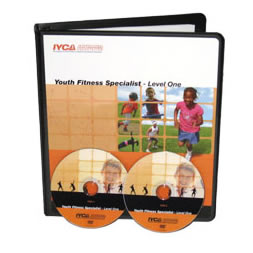Creating a Great Youth Fitness Program
By Wil Fleming
Non-Programming elements of a great Youth Fitness program
That sure is a mouthful for a title. Maybe the meaning is quite self evident or maybe it is a little more veiled. Either way I think that these elements are essential to making your AR successful and helping you to develop great athletes.
What do I mean by “non-programming” elements?
Sets, reps, exercises, and their order are all the things that you put on paper when you are putting together their training program., those are the traditional “programming elements”. There are things that don’t end up on paper that can make your program successful though.
Those things that don’t end up on the whiteboard or workout card are just as important to the quality of your program as what’s written down. They create the environment in which your athletes train.
Coaching
This is first. It really should always be first. Great coaching can change the way athletes think, can improve technique, and can inspire. Each day in your AR you should seek to instruct, teach, and inspire each athlete. In fact in my training sessions I aim to do these 3 separate things with each individual I encounter. Your interactions with your champions will be deeper and more meaningful if you approach each athlete with these 3 things in mind.
Communication
The way that we communicate with our champions is very important. Maximum uptake of information is dependent upon how we choose to transmit ideas to our athletes. I like to communicate training technique in a “do this, don’t do that, do this” way (first popularized by the AMAZING John Wooden). In essence I tell each athlete how we should do a movement or piece of a movement, then give them 1 way to not do that movement, and then repeat using different cues how to do this movement. For instance in the hang clean if I am verbally communicating technique I might say “Get full extension in your hips. We don’t want to leave your hips behind the bar. It might feel like you are going onto your tippy toes” I communicated the same point to the athlete in 2 different ways and let them know what the improper way to do things might look like.
Fun
We hear about fun all the time, but what does it look like? In my AR it is often impromptu competition between athletes or between athletes and coaches. A quick game of wall ball, with rules made up on the spot, as we wait to warm-up. A race with a sled, or relay will do the trick as well. Impromptu feels better than planned, and we try to do something like this everyday. Fun makes communication easier and coaching easier and is the underlying note to creating a great environment for your youth fitness program.
I cannot remember who said it to me but I was once told “A horrible program implemented well, will always out perform a great program implemented poorly. ” The non-programming elements are what makes this true, those things which create the environment. If poor programs in a great environment can do well, imagine what a great youth fitness program (your AR program) can do in a great environment (your AR).



